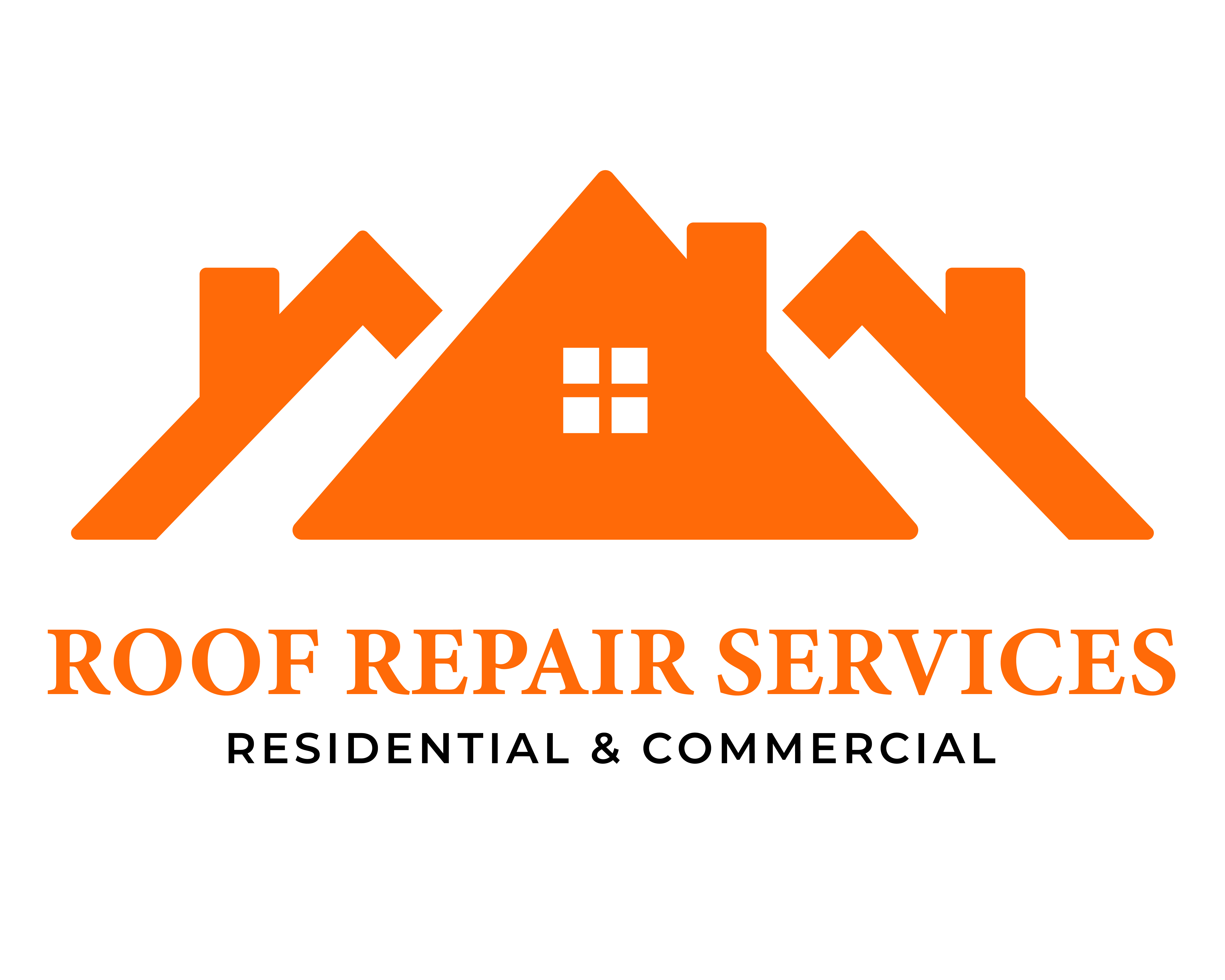How Long Does A Colorbond Roof Last ?
- Home
- How Long Does A Colorbond Roof Last ?
Car Repairing
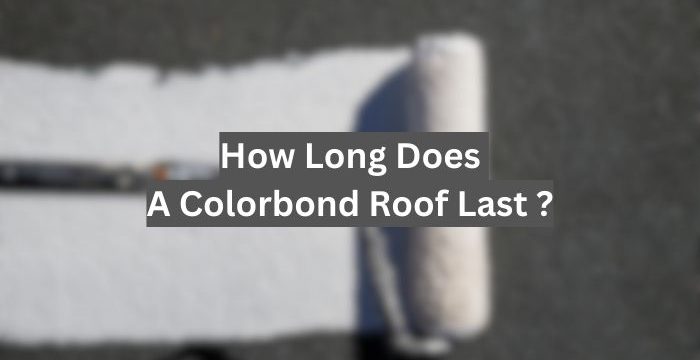
- January 3, 2024
- By: roofrepair_admin
- General
- Comments: 0
How Long Does A Colorbond Roof Last ?
Colorbond roofing has emerged as one of the most advanced roofing materials available today, offering an impressive combination of durability, energy efficiency, and resistance to the elements. Used across residential, commercial, and industrial buildings, Colorbond roofing materials have become synonymous with longevity, making them a popular roofing material in Australia. But how long does a Colorbond roof last, and what factors impact its lifespan? In this section, we’ll explore the characteristics of Colorbond roofs, what makes them durable, and why they are one of the most sought-after roofing materials.
Understanding the Lifespan of a Colorbond Roof
Colorbond roofing materials, made from Colorbond steel, are known for their long-lasting performance and superior durability. Manufactured by BlueScope Steel, Colorbond metal roofing materials are constructed using high-quality steel with a metallic coating that provides robust resistance to corrosion and rust, which is especially crucial in areas with extreme weather conditions.
A well-maintained Colorbond roof can last up to 70 years, making it one of the most durable roofing materials available. Compared to other roofing materials, such as asphalt shingles or galvanized steel, Colorbond roofing excels in longevity. Many other roofing materials, including asphalt shingle roofs, require roof replacement after 20-30 years, depending on environmental exposure and maintenance.
Colorbond roofs are built to withstand Australia’s harsh climate, including intense sunlight, heavy rain, and high winds. This durability is achieved through a multilayer coating system that protects the steel material underneath from wear and tear, ensuring the roof remains structurally sound for decades. Additionally, the permanent powder coating and paint system used on Colorbond roofing materials provide added protection against paint flaking, chipping, and fading.
What Factors Impact the Longevity of a Colorbond Roof?
The longevity of a Colorbond roof is influenced by several factors, including environmental conditions, maintenance, and installation quality. Understanding these factors will help ensure that your Colorbond roof lasts as long as possible.
Color and Coating Selection The color and coating of a Colorbond roof can affect its durability and energy efficiency. Lighter colored roofs, such as those with solar reflective roofing, are more energy efficient as they reflect more heat, reducing the strain on air conditioners and maintaining a cooler building structure. On the other hand, darker colored roofs absorb more heat, which may shorten the lifespan of the roof’s paint system. Choosing lighter colored Colorbond paints can enhance thermal efficiency and improve the roof’s performance over time.
Environmental Conditions Natural elements like rain, sun, wind, and salt can impact the lifespan of a Colorbond roof. Coastal regions, for example, often see quicker deterioration of roofing materials due to the salty air. However, Colorbond roofing materials are specifically designed to be resistant to corrosion and are highly durable even in such climates. The metal roof manufactured by BlueScope Steel features a metallic coating that protects the steel material beneath, making it extremely durable under various weather conditions.
Installation Quality Proper installation plays a crucial role in the performance and lifespan of a Colorbond roof. If the roofing materials are not installed correctly, you could face issues such as water leaks, corrosion, and major repairs. When you choose Colorbond roofing materials, it’s essential to hire qualified professionals to ensure the roof is installed according to industry standards.
Maintenance One of the benefits of Colorbond roofs is that they require minimal maintenance. However, regular roof maintenance is still vital to ensuring longevity. While Colorbond roofs are highly resistant to corrosion and paint flaking, checking for minor issues like scratches or dents can prevent them from becoming larger problems. Roof maintenance, including clearing debris and inspecting for damage after extreme weather conditions, helps to avoid major repairs down the line.
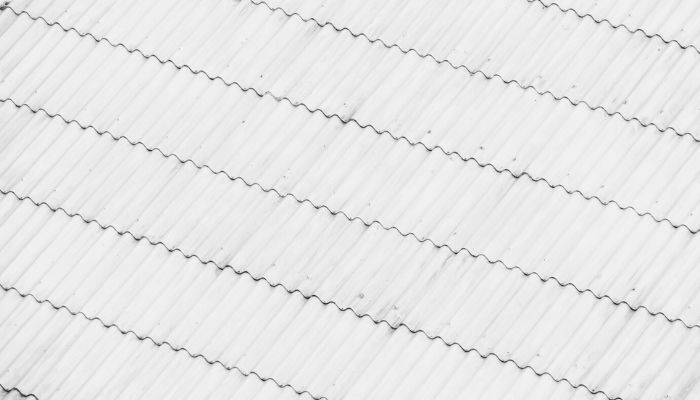
How Durable Is a Colorbond Roof Over Time?
One of the standout features of Colorbond roofing is its exceptional durability. Colorbond roofs are crafted from high-quality steel and feature a multilayer coating system that includes a metallic coating, paint system, and exterior paint layer. This combination of materials makes Colorbond roofs resistant to corrosion, weather conditions, and other natural elements.
Unlike other metal roofs, Colorbond roofs are designed to last without requiring frequent roof replacement or major repairs. The advanced roofing material used in Colorbond roofing includes galvanized steel, which enhances the roof’s strength and durability. Moreover, the use of metal bonded paint finish ensures that the roof remains visually appealing while providing protection against paint flaking and chipping.
The steel material used in Colorbond roofs is also resistant to corrosion, making it ideal for use in coastal and tropical areas where other roofing materials might struggle. Colorbond steel is manufactured to withstand extreme weather conditions, including heavy rain, intense heat, and strong winds, without losing its structural integrity.
Another advantage of Colorbond roofs is their low maintenance requirements. The durable roof is engineered to perform with minimal maintenance, providing homeowners with peace of mind that their roof will remain in excellent condition for many years. Regular inspections and proper maintenance, such as cleaning and ensuring drainage systems are clear, are sufficient to keep a Colorbond roof in top shape.
Maximizing the Longevity and Performance of Your Colorbond Roof
Colorbond roofing has earned its place as one of the most advanced roofing materials on the market today, renowned for its energy efficiency, durability, and ability to withstand extreme weather conditions. Whether you’re using Colorbond metal roofing materials for residential, commercial, or industrial buildings, understanding how to care for your roof properly can maximize its lifespan and performance. In this section, we’ll explore the best practices for maintaining your Colorbond roof, how to ensure energy efficiency, and why it’s one of the best roofing materials available.
Colorbond Roof Lifespan: What You Need to Know
The lifespan of a Colorbond roof is directly influenced by the level of maintenance it receives. Although Colorbond roofing is considered low maintenance, regular roof inspections and upkeep are necessary to ensure it remains in top condition. Colorbond roofing materials, made from high-quality steel by BlueScope Steel, are extremely durable and can last up to 70 years with proper care. However, like any roofing material, neglect can lead to deterioration and the need for major repairs.
- Roof Maintenance Practices
- Cleaning and Inspections: Regular cleaning of your Colorbond roof helps prevent the buildup of dirt, leaves, and other debris that can cause corrosion over time. Inspections, especially after extreme weather conditions, can help identify any potential issues such as paint flaking or minor scratches that may worsen if left unchecked.
- Proper Drainage: Ensuring proper drainage is another vital aspect of roof maintenance. Water that pools on your roof due to clogged gutters or blocked drainage can weaken the roof’s structure and lead to issues requiring major repairs. Regularly clearing the gutters is a simple yet essential practice that helps protect your roof.
- Dealing with Paint Flaking: While Colorbond roofing materials are resistant to paint flaking and chipping due to their multilayer coating system, occasional touch-ups may be required, especially in areas subjected to constant exposure to the elements.
- Roof Replacement Considerations Over time, you may need to replace sections of your roof, particularly if they are older and have endured significant wear and tear. Fortunately, Colorbond steel can be easily matched with new sections due to the consistency of the materials and paint system. The same metal, when used for roof replacement, ensures that the roof retains its aesthetic and functional integrity.
How Long Can You Expect a Colorbond Roof to Last?
As mentioned earlier, Colorbond roofs are engineered to last for decades, often outlasting other roofing materials like asphalt shingle roofs. Asphalt shingles, though commonly used, generally have a shorter lifespan of around 20-30 years, depending on the quality and weather conditions. In contrast, a well-maintained Colorbond metal roof can last upwards of 50 to 70 years. This longevity is one of the reasons why Colorbond roofing is considered one of the best roofing materials for long-term investments in roofing projects.
In addition to its lifespan, the energy efficiency of Colorbond roofing makes it an appealing choice for those looking to reduce their environmental impact. The solar reflective roofing options, such as lighter coloured roofs, help to reflect more heat, leading to increased thermal efficiency. This not only lowers cooling costs but also reduces the strain on air conditioners, especially during hot summer months.
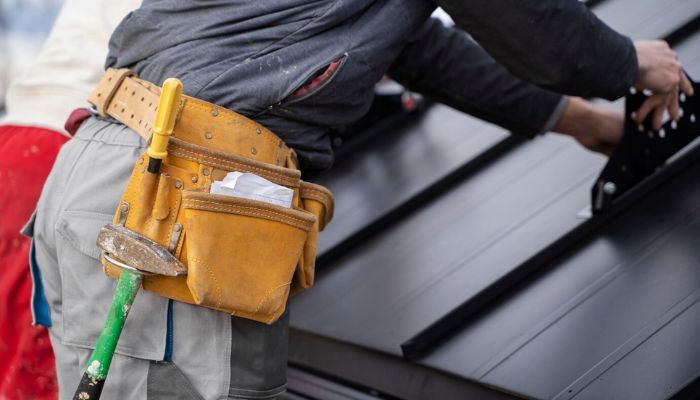
Maximizing the Lifespan of Your Colorbond Roof
- Choosing the Right Colorbond Roofing Materials The longevity of your roof begins with selecting the right materials. Colorbond roofing materials come in various styles, including Colorbond metallic steel roofing and Colorbond materials with a metal bonded paint finish. These advanced roofing materials offer superior resistance to corrosion and are designed to withstand Australia’s harsh climate. When choosing Colorbond roofing materials, look for those that have been manufactured with a multilayer coating system, ensuring protection against natural elements and providing an energy-efficient solution for your building structure.
- Energy Efficiency and Thermal Performance The energy efficiency of Colorbond roofs is another key factor in their longevity. Lighter coloured roofs, in particular, help to reflect sunlight and keep the building cooler. This enhances thermal efficiency and reduces the need for excessive cooling, which is not only cost-effective but also prolongs the lifespan of your roof. Darker coloured roofs, while visually appealing, may absorb more heat and place more stress on the building structure and paint system.Colorbond steel is designed with energy efficiency in mind, making it a popular roofing material in both urban and rural settings. The incorporation of solar reflective roofing in Colorbond roofs ensures that even during the hottest months, your roof works to maintain a balanced indoor temperature, minimizing energy consumption.
- Proper Maintenance for Long-Lasting Performance Proper maintenance is critical in maximizing the lifespan of your Colorbond roof. This includes:
- Regular Inspections: Checking for any damage after extreme weather conditions, such as hail or strong winds.
- Minor Repairs: Addressing any issues, such as scratches or dents, as soon as they arise to prevent more significant damage.
- Gutter Maintenance: Ensuring gutters are free from debris to avoid water pooling on the roof’s surface, which can lead to corrosion.
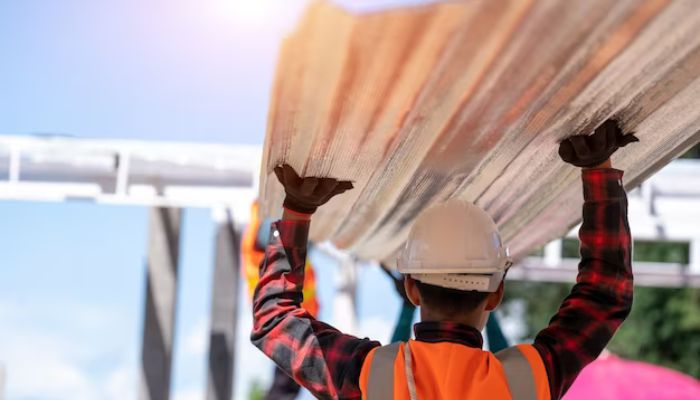
Why Colorbond Roofs Are Built to Last
Colorbond roofs are recognized as some of the most advanced roofing materials available, with a reputation for resilience and longevity. The high-quality steel material used in Colorbond roofs, combined with their resistance to corrosion and energy efficiency, makes them a top choice for homeowners and businesses alike.
Compared to other roofing materials, such as asphalt shingles or corrugated roofs, Colorbond roofs provide better long-term performance. The use of a multilayer coating system and metal bonded paint finish ensures that the roof remains resistant to natural elements, including rain, wind, and extreme temperatures.
Another advantage of Colorbond roofing is its environmental sustainability. Colorbond materials are often made from recycled material, contributing to a greener roofing project. Additionally, the energy-efficient design of Colorbond roofs helps reduce the carbon footprint of buildings, making them an excellent choice for eco-conscious homeowners and businesses.
Conclusion
In conclusion, Colorbond roofs offer an unmatched combination of durability, energy efficiency, and aesthetic appeal. With proper maintenance, a Colorbond roof can last up to 70 years, making it one of the most cost-effective and sustainable roofing options available. By choosing high-quality Colorbond roofing materials and adhering to proper roof maintenance practices, you can maximize the lifespan of your roof and enjoy its benefits for decades to come.
Colorbond roofing continues to set the standard for roofing materials, offering solutions that withstand Australia’s harsh climate with minimal maintenance. Whether you’re considering a roofing project for a new building or looking to replace your current roof, Colorbond steel and its innovative technologies provide a durable, energy-efficient, and visually striking option that can meet your needs for years to come.
